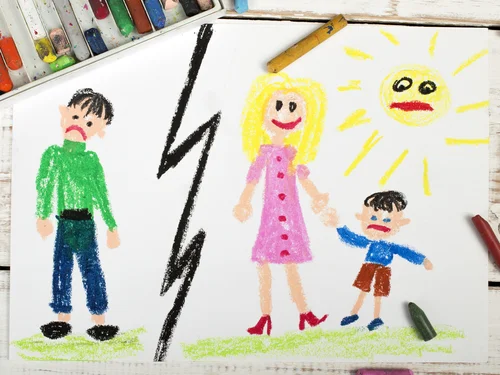+1 845 259 2974 (11 a.m to 7 p.m CST)
The Dangers of Bonding in School Sports through Hazing

In December last year, the magazine Sports Illustrated and newspaper USA Today made shocking revelations about incidents of hazing in sports in our schools and colleges when they published major stories about the wayward culture practiced by athletes.
In connection to the culture of hazing, the Sports Illustrated article opined that “it is firmly entrenched in an American sports culture that values tradition, team bonding, leadership hierarchies and assertiveness.”
Another incredible finding indicates that hazing is not only confined to groups of boys, but was practiced with full force among girls too.
The article quoted the example of a powder puff football game between junior and senior girls at a suburban high school outside Chicago. During the game, seniors were filmed kicking and punching the juniors while also smearing them with house paint, fish guts, and even human excretion. Many juniors were later hospitalized for physical injuries. Meanwhile, emotional injuries were ignored altogether.
Hazed and Dazed
Hazing is an age-old practice but has gained importance once again after researchers found this trend to be on the rise.
Hank Nuwer, an assistant professor at Franklin College of Indiana, said that the generally accepted definition of hazing revolves around different sets of behaviors. Hazing is considered as a rite of passage for an individual or a group of people vying to join a group or association. The practice is meant to humiliate, degrade, abuse, and sometimes destroy the participants, with or without their consent.
Talking in regard to the Sports Illustrated article, Nuwer said, “It’s almost like we need different terms, like we have for manslaughter and murder. Having someone put on silly clothes is called hazing, and so is sodomy.”
The culture of hazing in high school sports has its supporters and critics. For some it is considered as a harmless rite of passage while others believe that too often the actions can deviate towards harmful behavior.
In a widely circulated incident on Long Island in New York, a junior and senior football player sodomized several jayvee players at a football camp with broomsticks, golf balls, and pine cones. So much for the idea of bonding when one loses his/her marbles half way into the initiation when the broomstick comes out.
Excluding Some, Including Others
The concepts of hazing and bullying are only divided by a fine thin line which is not visible to the ordinary human eye. The structure and power games prevalent in both are almost the same.
Researchers conclude that the only difference between bullying and hazing is that bullying can randomly happen to anyone, at any time. This practice is designed to exclude people from a particular circle of friends.
On the other hand, hazing is carried out in order to include people into a certain group.
The Problem with Hazing
Norman Pollard, director of counseling/student development at Alfred University in New York, noted the problem with the definition of hazing. Therefore, Pollard and his colleagues undertook a nation-wide study to get some results of their. During the study, 10,000 athletes from 224 colleges were asked about their high school experiences. According to the finding, 12 percent said that they had faced hazing while 80 percent said that they were forced to engage in humiliating and risky activities. “It was across the board, urban, rural, by sport,” Pollard noted.
The most telling evidence of the effects of hazing also came to light through the study which found that students who had faced hazing in high school mentioned being depressed and suicidal. Further, 13 percent said they thought about taking revenge on the perpetrators.
Finding a Public Solution to the Concept
How do we address the issue of hazing when this practice is becoming so rampant? Looking at this issue with a clear mind is essential along with reading the articles that get published in renowned publications. These articles prove immensely helpful by placing the problem in front a large audience. By doing so, the length and depth of the problem is easier to measure that could be used to develop security protocols to safeguard the future athletes from harm, especially that inflicted by broomsticks, golf balls and pine cones.
























